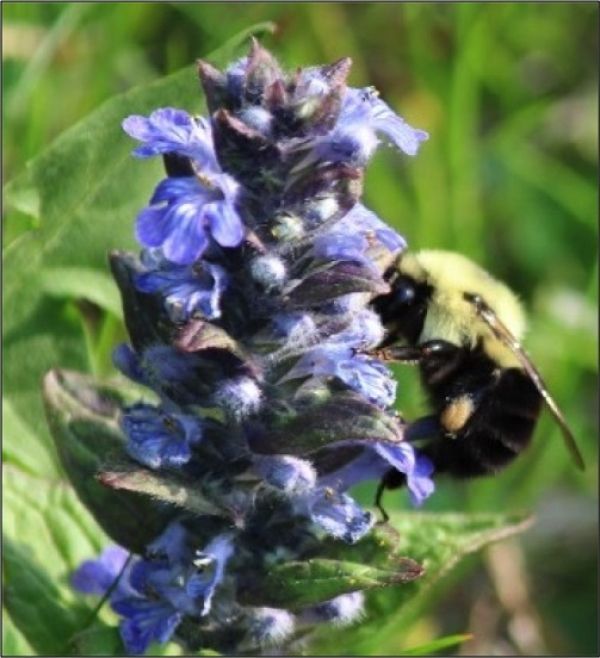New research by the USDA Forest Service and partners funded by the National Science Foundation found that mowing the lawn less frequently can significantly improve pollinator habitat.
Susannah Lerman, a research ecologist with the USDA Forest Service’s Northern Research Station, and her collaborators explored whether different lawn mowing frequencies (1, 2 or 3 weeks) influenced bee abundance and diversity in herbicide-free suburban yards in Springfield, Massachusetts. Their study, “To mow or to mow less: Lawn mowing frequency affects bee abundance and diversity in suburban yards,” was published this week in the journal Biological Conservation and is available at: https://www.nrs.fs.fed.us/pubs/55816
“Bees and other pollinators provide essential ecosystem services in agricultural and natural landscapes, and they are experiencing severe declines on a global scale,” said Tony Ferguson, Director of the Northern Research Station and the Forest Products Laboratory. “With this work, USDA Forest Service science and our collaborators are identifying ways that we can all contribute to improving bee habitat in our own back yards.”
Continue reading at United States Forest Service
Image via United States Forest Service


